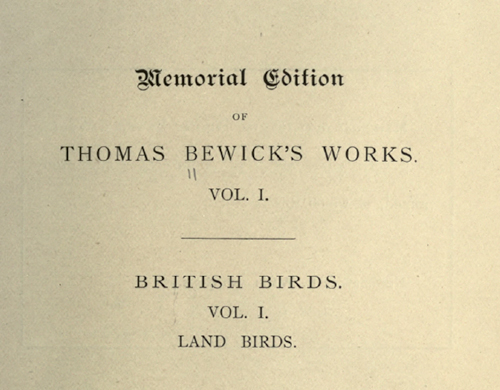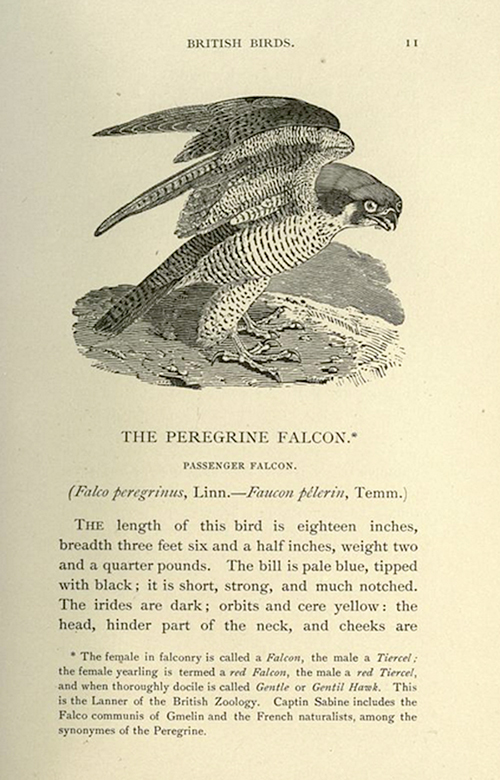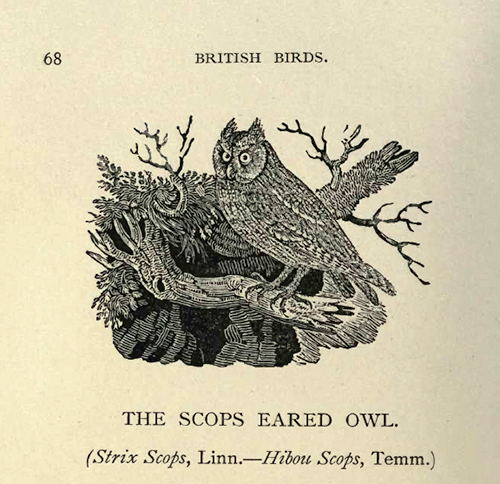BOOK REVIEWS
Select the name of the book from the menu on the left to see our review. We review both new books that strike our fancy and some older books also.
One of my favorite pastimes, when I have the time, is to explore the Internet looking for copies of old books about birds. There is a surprisingly large amount of information online, including scanned, PDF versions of the some very old volumes. The illustrations of the birds in these books are often quite amazing. Over time they present a nice history in the development of printing techniques.
This month’s featured book is Thomas Bewick’s British Birds. Volume 1 and 2

Thomas Bewick (1753 – 1828) was an English engraver and natural history author. Bewick is best known to American birders from the birds named after him – Bewick’s Wren and Bewick’s Swan.
Bewick is otherwise most famous for his History of British Birds, Volume 1 (Land Birds) and Volume 2 (Water Birds.) The books are considered forerunners of the modern bird guides.
Bewick was amazingly skilled at woodcutting. He adopted metal-engraving tools to cut hard boxwood across the grain. This produced durable printing blocks that could be integrated with metal type and produced very high quality illustrations.


A PDF version of the entire Volume 1 can be downloaded here. It is a large file and can require a little time to download.
More from Wikipedia about Bewick:
“In April 1827, the American naturalist and bird painter John James Audubon came to Britain to find a suitable printer for his enormous Birds of America. Bewick, still lively at age 74, showed him the woodcut he was working on, a dog afraid of tree stumps that seem in the dark to be devilish figures, and gave Audubon a copy of his Quadrupeds for his children.
About Woodcutting…
Woodcut is a relief printing technique in printmaking. An artist carves an image into the surface of a block of wood—typically with gouges—leaving the printing parts level with the surface while removing the non-printing parts. Areas that the artist cuts away carry no ink, while characters or images at surface level carry the ink to produce the print. The block is cut along the grain of the wood (unlike wood engraving where the block is cut in the end-grain). The surface is covered with ink by rolling over the surface with an ink-covered roller (brayer), leaving ink upon the flat surface but not in the non-printing areas. – From Wikipedia
